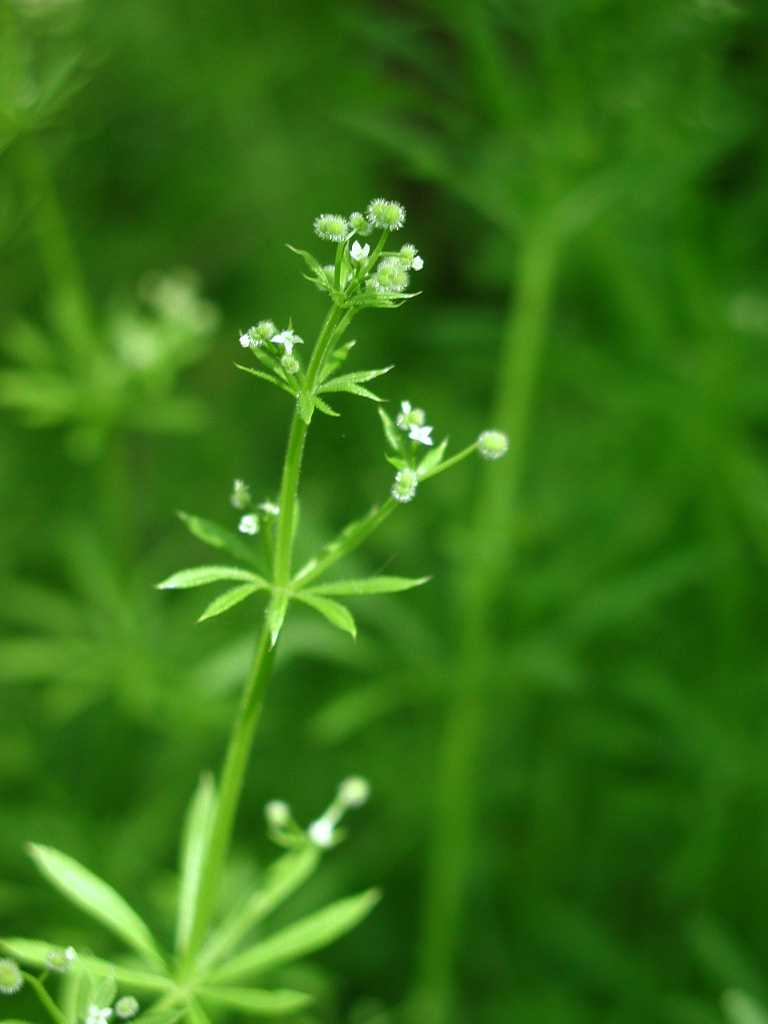
Explain the action of demulcent and emollient herbs, using examples.
Demulcent: These kinda herbs create a soothing film over a mucous membrane, which help relieve pain and inflammation of the membrane. Demulcent are used internally. An example of a demulcent would be Slippery Elm (Ulmus fulva). It is the bark that has a mucilage. One can make a tea or gruel from the bark, which is good for soothing either a sore throat or the digestive tract.
Emollient: These kinda herbs help soften and soothe the skin, or soothe a irritated or inflamed internal surface. A good example of a emollient is Black Hollyhock (Alcea rosea L.). One can make a poultice or infusion from the leaves for relieving inflammations, bruises, burns, wounds, boils or abscesses. It's use is similar to that of the Marshmallow (Althea officinalis). The Chileans are known to apply a root decoction for tumors. The Peruvians use the leaves as a poultice by cooking them in oil or milk, to relieve swelling.
Both Demulcent and Emollient herbs are both considered mucilaginous, which creates a soothing coated film over the mucous membrane that protects it from being agitated so it can heal properly without being disturbed. Many herbs like Slippery Elm (Ulmus fulva) and Black Hollyhock (Alcea rosea L.) Can be used both as a Demulcent (internally) or as a Emollient (externally). How the herb is used is based on it's dominate active constituent, it's therapeutic action, or the contraindications of said herb. Slippery Elm (Ulmus fulva) has no known contraindications and Black Hollyhock (Alcea rosea L.) appears to have no known contraindications as well. At least I have not found any in my research on this plant.
Source Cited
Website:
ACHS, “Intro: Demulcent Herbs”, http://www.achs.edu, 7/31/2010
ACHS, “Monograph: Ulmus fulva”, http://www.achs.edu, 7/31/2010
Wikidot, “Alcea rosea L. + Malvaceae – HOLLYHOCK”, http://hollyhock.wikidot.com, 7/31/2010
Wikipedia, the free encyclopedia, “Emollient”, http://en.wikipedia.org/wiki/Emollient, 7/31/2010
Wikipedia, the free encyclopedia, “Demulcent”, http://en.wikipedia.org/wiki/Demulcent, 7/31/2010
Wikipedia, the free encyclopedia, “Ulmus rubra”, http://en.wikipedia.org/wiki/Ulmus_rubra, 7/31/2010
Wikipedia, the free encyclopedia,”Alcea rosea”, http://en.wikipedia.org/wiki/Alcea_rosea, 7/31/2010
MedicineNet.com, “Demulcent definition - Medical Dictionary”, http://www.medterms.com/script/main/art.asp?articlekey=11142, 7/31/2010
Dictionary.com, “Emollient”, http://dictionary.reference.com/browse/emollient, 7/31/2010

















